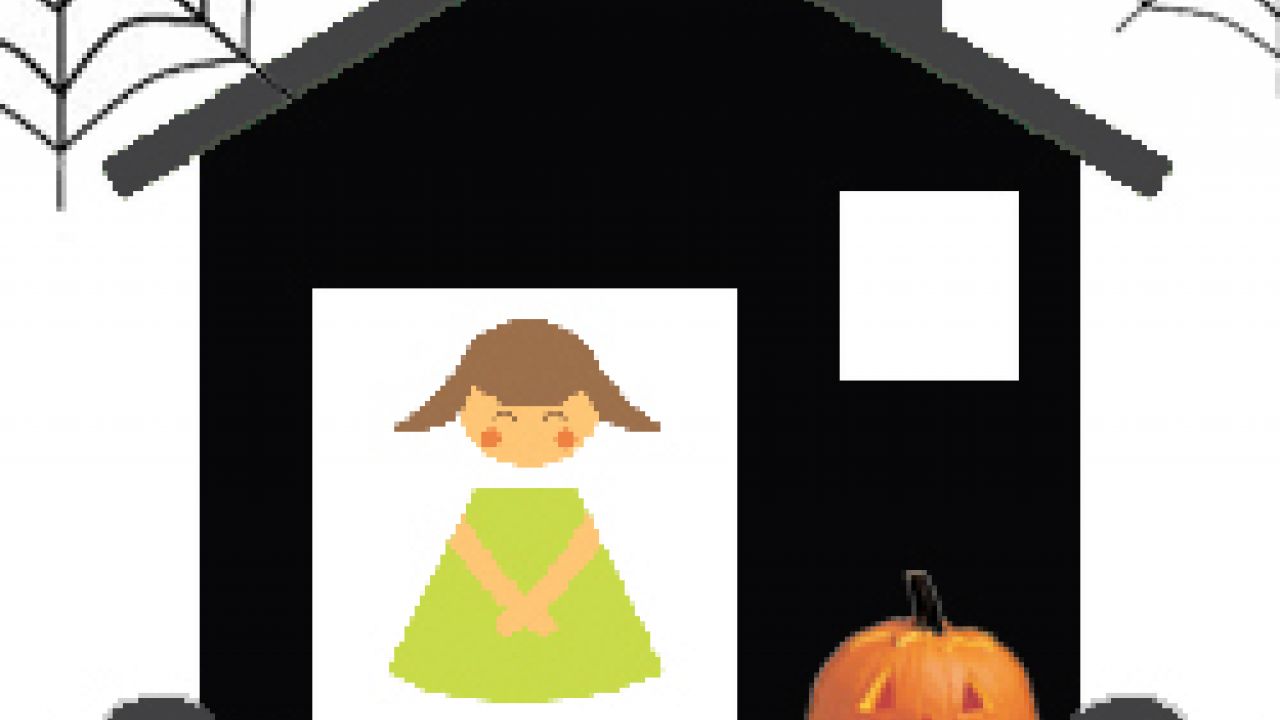
Halloween is spooky enough without having to worry about the toxins in your decorations and costumes. You and your family should have your haunted fun -- without being exposed to an abundance of toxic chemicals.
To help you trick-or-treat a little greener this year, we researched some of the most common Halloween products. So go ahead, get into the holiday spirit -- and use our Healthy Halloween Tips to help!
Just follow these simple steps to green your Halloween routine:
1. Pick play makeup carefully. Many children like to wear colorful cosmetics as part of their costumes. If they do, make sure they're using safer products and applying them as directed. Visit cosmeticsdatabase.com to look up your products and find safer ones.
Kids should avoid:
- Face paints can contain lead, which can impair brain development at extremely low doses, as well as nickel, cobalt and chromium, which can cause skin sensitization and contact dermatitis. Learn more here.
- Lipstick can also contain hidden lead. Because little ones tend to eat almost as much as they put on their lips, it's best to avoid lipstick all together. Opt instead for a shiny, beeswax-based lip balm. You can find some on Amazon.
- Nail polish often contains dibutyl phthalate and toluene, chemicals linked to hormone disruption and cancer. You can find safer nail polishes on Skin Deep.
- Cosmetics in powder form can easily be inhaled. Depending on the particle size, the powder can lodge in children's nasal passages and even lungs -- where it may cause damage.
- Fragranced products. Read ingredient labels and avoid products listing "fragrance" -- EWG research found that fragrances may contain allergens or hormone-disrupting chemicals. Learn more in our short video.
2. Skip the (colored) hairspray. Many hairsprays contain toxic chemicals and fragrance. Kids can easily breathe in sprays. Instead, find a great hat or wig at a second-hand store; or create a great hair-do with ribbons, barrettes and safer, non-spray hair products.
3. Burn more eco-friendly candles -- if at all. Candles can give off toxic compounds. Choose fragrance-free candles made from bee, palm or soy wax. Traditional paraffin-wax candles are made from petroleum by-products. .
4. Don't wear synthetic facemasks or teeth. Masks and fake teeth are made from a variety of synthetic materials that aren't always labeled. Plastics may be softened with endocrine-disrupting phthalates. Rather than covering your head with unknown, possibly toxic materials, make your own mask from simple materials or try a half-face, masquerade-style mask instead.
5. Offer treats that you would like your kids to receive. Hand out items that have fewer, more natural ingredients. Both Dr. Weil and Dr. Greene offer more tips on choosing Halloween treats. 6. Create a low-impact costume. Rather than buying a new costume, get creative with items you already own or can get used at a local resale shop or from friends. Consider a costume swap at school or among friends. Learn more about hosting your own swap.
7. If you're going to - or hosting - a holiday party or planning a quick meal, skip the single-use dinnerware. Choose a more sustainable option, like compostable products.
8. Decorate naturally. Pick up pumpkins, gourds and hay bales from a local farm to create a haunting scene and reuse decorations from year to year.
Happy (green) Halloween!



